By German Tirado, July 31, 2025
Table of Contents
Introduction: Loyalty Sounds Smart—But It’s a Trap
What the Data Shows: Loyalty Follows Growth
The Double Jeopardy Law: Proof That Acquisition Wins
The Fallacy of “Retention-Led” Growth
What Actually Works: Mental & Physical Availability
Myths That Keep Marketers Small
Real-World Action Steps for Growth
SEO Takeaways for Digital Marketers
Conclusion: Loyalty Is a Byproduct—Not a Growth Strategy
Frequently Asked Questions (FAQs)
Works Cited
1. Introduction: Loyalty Sounds Smart, But It’s a Trap.

If you've ever sat in a marketing strategy meeting, you've probably heard this assertion:
“We can grow our brand either by acquiring more customers or by increasing customer loyalty.”
It sounds rational. Balanced. Even strategic. And it’s often paired with another common claim:
“It’s cheaper to retain a customer than acquire a new one.”
These statements form the basis of many brand growth strategies. They underpin investments in CRM systems, customer success teams, loyalty programs, referral incentives, and retention-focused email campaigns. But while they may feel intuitively correct, they are not supported by empirical evidence.
Marketing science tells a different story.
The most robust, cross-category, cross-market research available shows that brand growth is driven by increasing customer acquisition, not by improving customer loyalty [HBG1]. The idea that brands can choose between acquiring more customers or deepening relationships with existing ones is a false choice.
Brands grow by gaining more buyers. Period.
Retention may be a useful defensive tactic, but it does not scale. Most customer loss is due to factors outside a brand’s control, changing needs, competitor promotions, company turnover, or simple forgetfulness. Meanwhile, loyalty metrics like purchase frequency or repeat rate tend to rise as a consequence of growth, not the cause of it.
This principle is not limited to B2C sectors like retail or consumer goods. It applies equally to B2B categories such as business software, logistics services, financial products, and industrial suppliers [Double Jeopardy Law in B2B].
Whether your company offers digital marketing services, virtual receptionist software, local SEO, or cloud infrastructure, the law is the same: acquisition is the path to scale. Loyalty is what happens when you get there.
In this article, we’ll explore why loyalty-led strategies fail to deliver growth, explain the empirical laws that govern brand performance, and show how to apply proven marketing principles like mental availability, physical availability, and category entry point coverage to accelerate customer acquisition and brand penetration.
If your marketing efforts are focused on deepening loyalty rather than broadening reach, this article will help you rethink the fundamentals, and give you a growth plan grounded in data, not wishful thinking.
2. What the Data Shows: Loyalty Follows Growth

Every large brand has more buyers than small brands. But, and here’s the kicker, they also enjoy higher loyalty metrics.
That’s the paradox. If loyalty drove growth, smaller brands should be more loyal. But they’re not.
Instead, loyalty increases as brands grow, not before. This is true across nearly all industries: FMCG, finance, tech, even B2B services like insurance and concrete supply [Double Jeopardy Law in B2B].
This means:
Small brands don’t have ultra-loyal tribes.
Big brands don’t succeed because of loyalty programs.
Growth happens first—loyalty follows.
3. The Double Jeopardy Law: Proof That Acquisition Wins
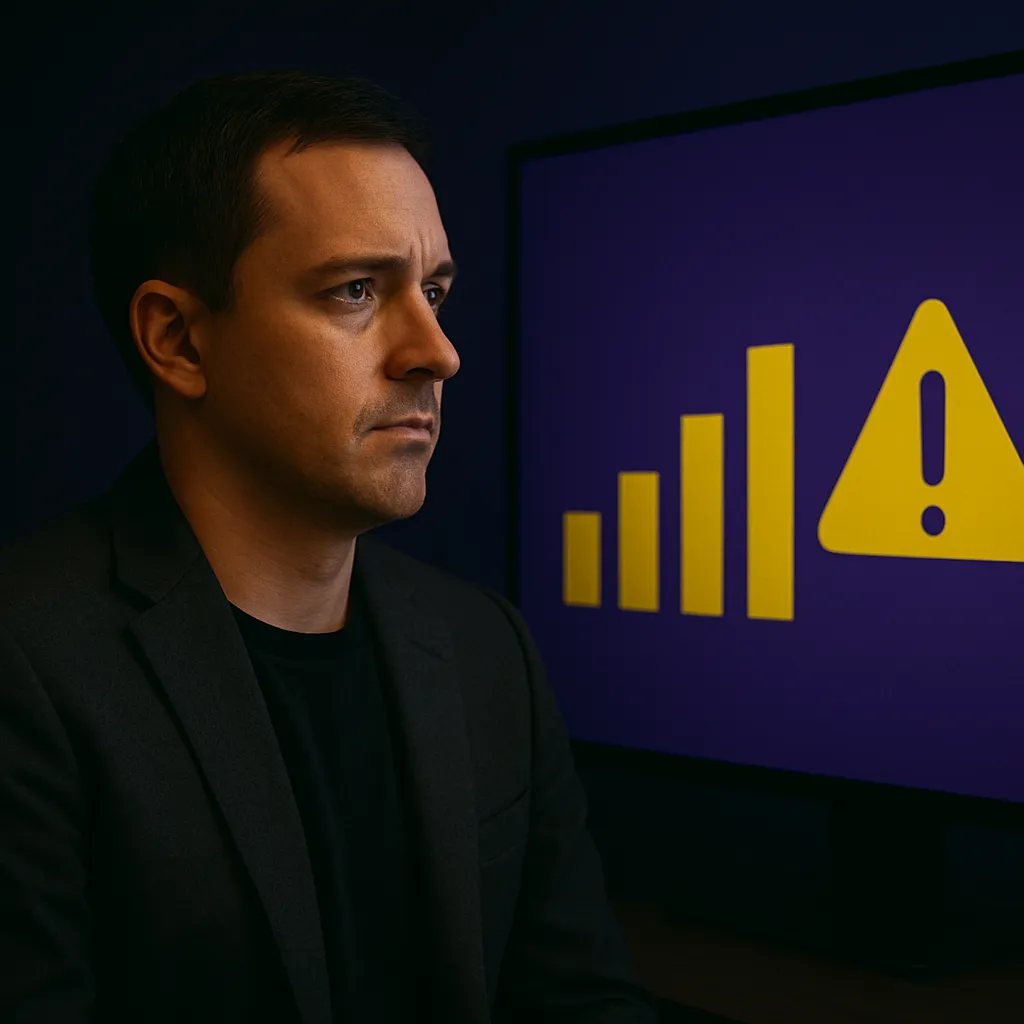
The Double Jeopardy Law, a cornerstone of modern marketing science, says that:
“Brands with fewer buyers suffer twice: they have fewer customers, and those customers are less loyal” [HBG1].
This law has been validated across:
B2B and B2C
High- and low-involvement purchases
Subscription and repertoire markets
Over 60 years of data, worldwide
In other words, if your brand is small, your customer base is both tiny and flaky. That’s not a customer retention problem, it’s a customer acquisition problem.
You can’t choose to grow by loyalty. You must grow by reaching more category buyers.
4. The Fallacy of “Retention-Led” Growth

Marketers often quote: “It costs five times more to acquire a new customer than to retain one.” That sounds smart, but it’s not a growth strategy.
Let’s bust that myth:
Retention activities mostly reach people who already like you. You’re not adding buyers, you’re preserving what’s already there.
Even the best brands lose customers. Often for reasons you can’t control: budget cuts, location changes, new buyers, mergers.
Most of your customer base are light buyers. They don’t want deep relationships—they want convenience and availability [HBG1].
Retention campaigns may slow your decline, but they won’t grow your brand. To grow, you must increase penetration.
5. What Actually Works: Mental & Physical Availability

If you want your brand to grow, you need two things:
Mental Availability
Your brand must come to mind in more buying situations. That means building memory links across a wide range of Category Entry Points (CEPs), the cues that trigger brand recall [CEP-B2B].
For example:
“When I need an after-hours answering service”
“While I’m missing calls on lunch break”
“With tools I already use like GoHighLevel”
Physical Availability
Your brand must be easy to buy, wherever and however buyers shop. That includes:
Wide distribution
Fast response
Competitive pricing
Easy onboarding
Mental + Physical Availability = Market Penetration
And penetration drives growth [HBG1], not loyalty programs, retention teams, or community-building.
6. Myths That Keep Marketers Small
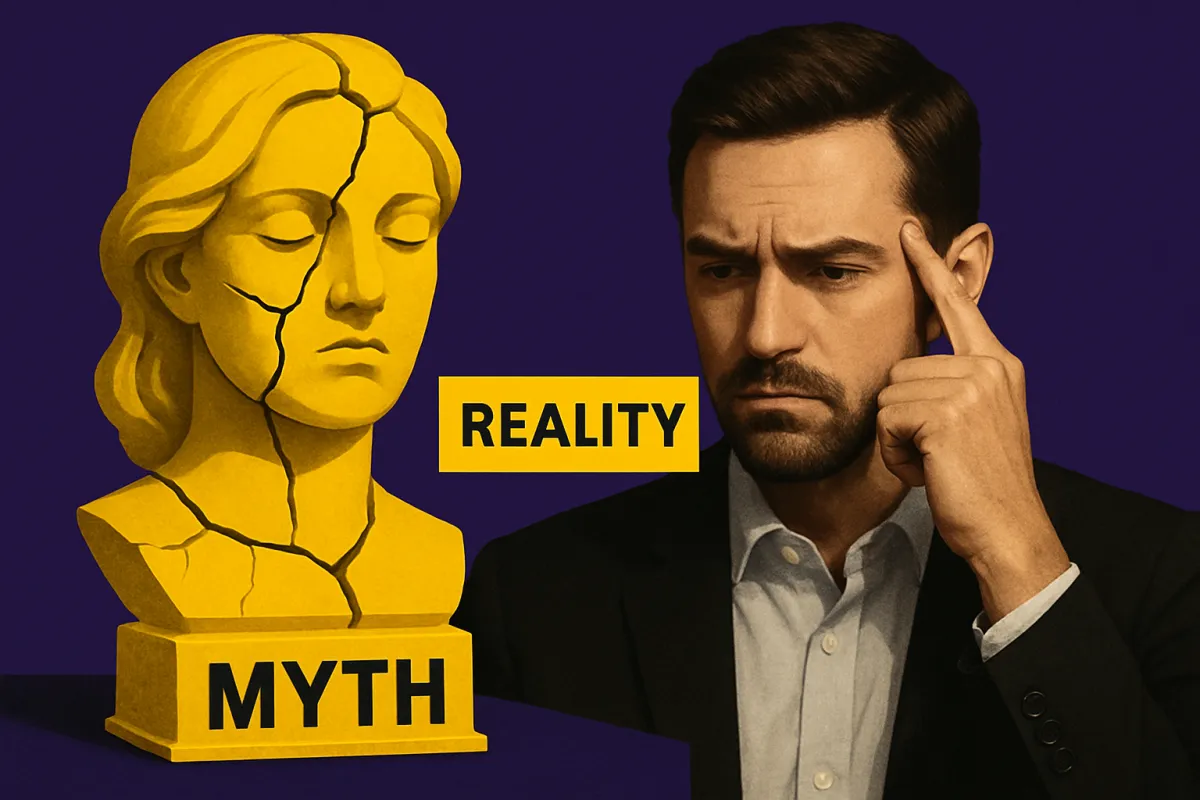
Myth
Reality
“We can grow by deepening loyalty.”
No—you grow by expanding your customer base.
“Retention is more profitable.”
It’s cheaper, but it doesn’t scale.
“We should focus on our core audience.”
Heavy buyers are few. Light buyers drive volume.
“Niche brands are more loved.”
They’re just less known—and less bought.
“Loyalty programs build relationships.”
They mostly reward people who already planned to buy.
7. Real-World Action Steps for Growth
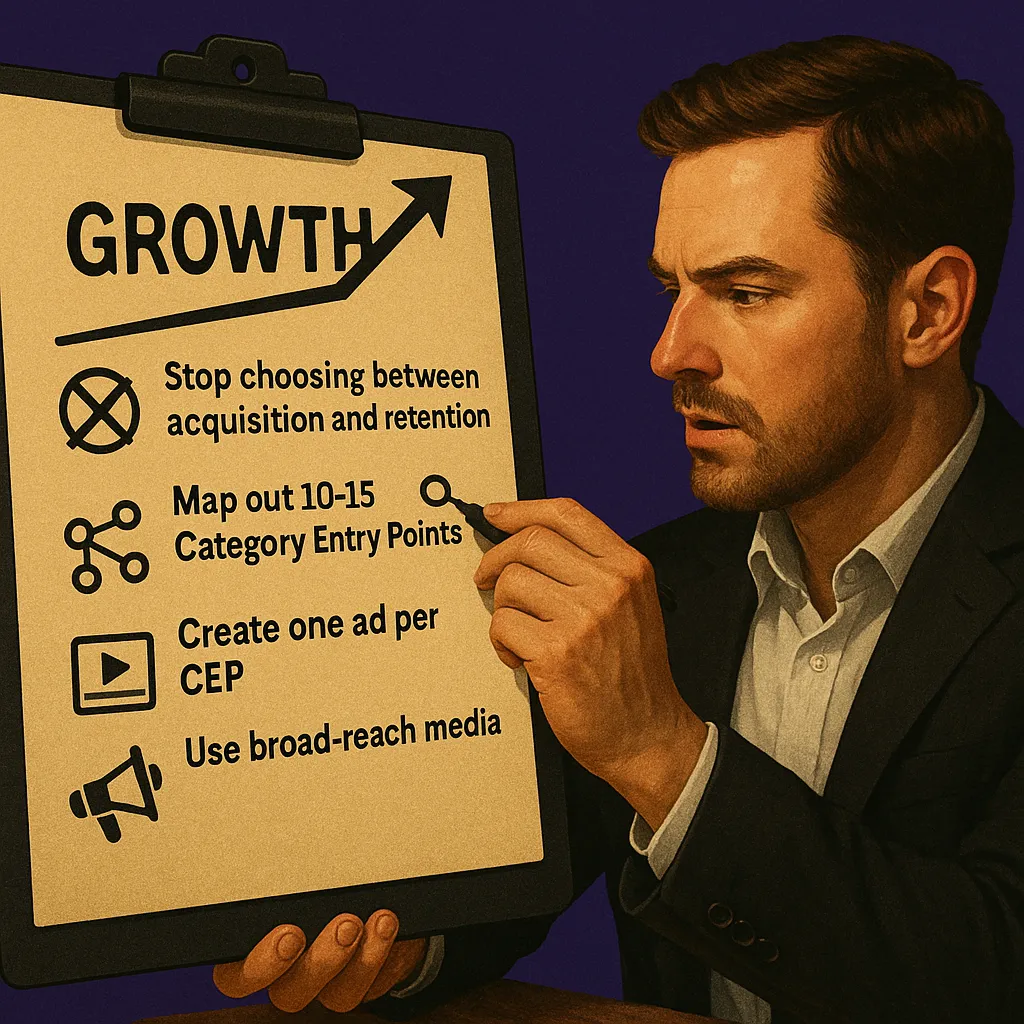
Here’s what to do if you want to actually grow your brand:
Stop choosing between acquisition and retention.
Only one works, acquisition.
Map out 10–15 Category Entry Points.
Use the “7Ws” framework: When, Where, While, With/Instead-of-What, With/For-Whom, How Feeling, Why [CEP-B2B].
Create one ad per CEP.
Each ad should link the brand clearly and visibly to the situation. Use your logo and distinctive assets in the first 2 seconds.
Use broad-reach media.
Don’t target too tightly. Most of your future buyers are currently out-of-market [95-5]. Reach them anyway.
Track Mental Market Share.
Measure your brand’s presence across key CEPs. Are you being remembered? Are you easy to find?
8. SEO Takeaways for Digital Marketers
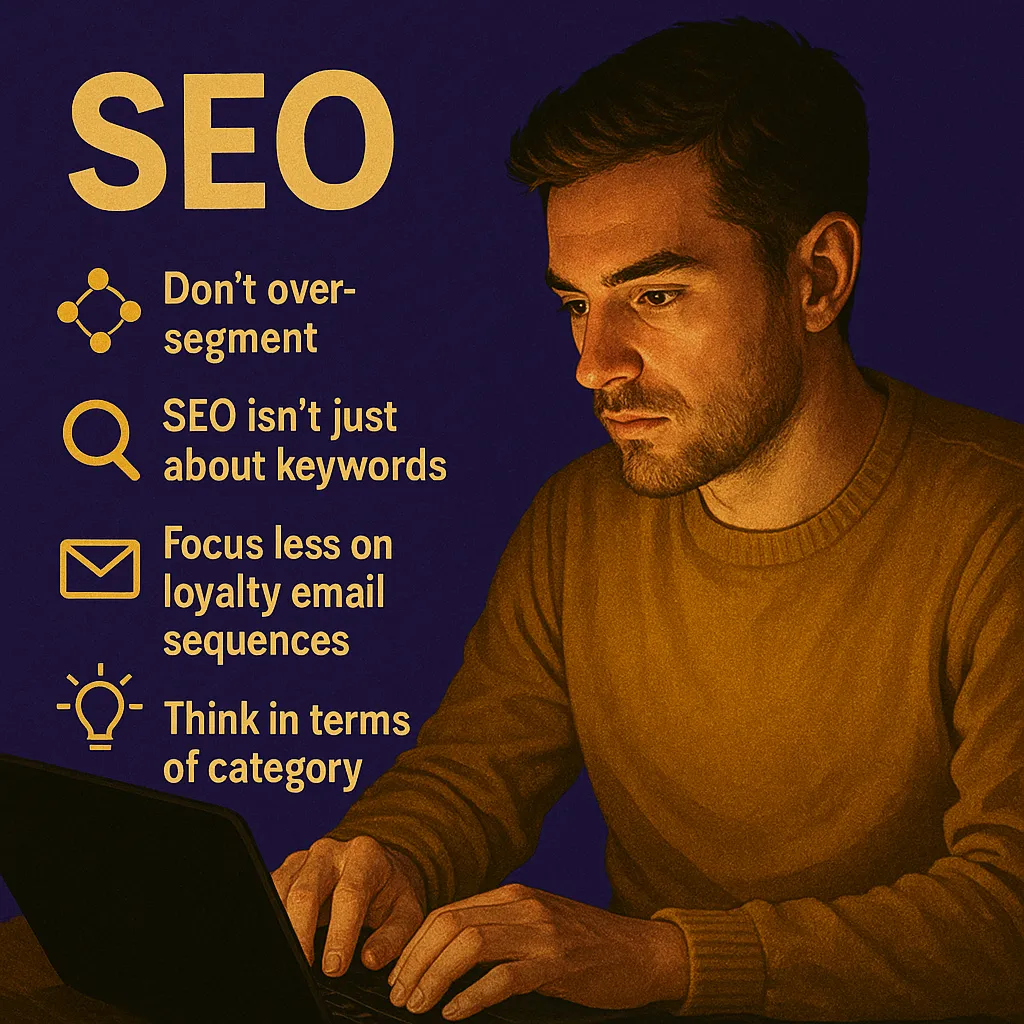
If you're in digital marketing or SEO, the same rules apply:
Don’t over-segment. Optimize for reach, not just intent.
SEO isn’t just about keywords, it’s about being mentally available at the right moment (i.e., the CEP).
Focus less on loyalty email sequences, more on awareness-generating content.
Think in terms of category buyer moments, not just your own brand funnel.
Whether you sell telephone answering services, SEO, or SaaS, penetration wins.
9. Conclusion: Loyalty Is a Byproduct—Not a Growth Strategy
In today’s competitive landscape, it's tempting for marketers to believe they can choose between growing through customer acquisition or customer retention. But the evidence is clear: there is no meaningful choice. Sustainable brand growth comes from acquisition and market penetration, not from loyalty programs or retention campaigns.
The most successful brands, across industries, countries, and business models, follow the same growth pattern. They win by being easily thought of (mental availability), easy to buy (physical availability), and present in more buying situations (category entry point coverage) [HBG1, CEP-B2B].
Trying to grow by deepening loyalty with a small customer base is like trying to fill a swimming pool with a teaspoon. You may slow the leak, but you won’t move the volume required to expand market share. Retention is simply not a scalable lever. It's defensive, not offensive.
Loyalty metrics, such as repeat purchase rates, frequency, or customer lifetime value, tend to improve automatically as your customer base grows. This is the Double Jeopardy Law at work: larger brands attract more buyers, and those buyers behave more loyally, even though most remain light buyers who still purchase competitors [HBG1].
This has profound implications for digital marketing, brand strategy, and performance campaigns:
Instead of targeting "high-value" customers with precision ads, use broad-reach media to build salience among light and non-buyers.
Instead of pouring resources into loyalty apps and VIP programs, invest in distinctive brand assets and consistent brand recall across key category entry points.
Instead of segmenting narrowly around personas, segment your strategy by buying situations, and work to refresh memory structures at scale.
Whether you're marketing internet marketing services, telephone answering services, AI tools, SaaS platforms, or consumer products, the formula holds. Mental availability + physical availability + broad reach = growth.
The brands that embrace this evidence-based model of marketing outperform those that cling to the myths of loyalty-first growth. Retention may improve margins, but it won’t expand your market. Acquisition is the only lever that builds both customer base and loyalty at scale.
So stop asking whether to prioritize acquisition or retention. Start asking how you can make your brand easier to notice, remember, and buy, especially by people who aren’t buying from you today.
Because if they don’t buy from you, they won’t become loyal. And if they never think of you, they won’t buy at all.
10. Frequently Asked Questions (FAQs)
Q1: Is customer retention important for business success?
A: Yes, but not for growth. Retention can improve margins and reduce short-term acquisition costs, but it does not drive long-term brand growth. The key to sustainable success is increasing your customer base size through broad-reach acquisition efforts [HBG1].
Q2: Why is customer acquisition more effective than loyalty marketing?
A: Because acquisition scales, while loyalty does not. Most of your revenue comes from light and occasional buyers, not superfans. To grow, you need to reach more category buyers, not deepen engagement with a small base [HBG1, 95-5].
Q3: Can small brands survive by focusing on loyal customers?
A: No. The Double Jeopardy Law shows that small brands not only have fewer customers, but their customers are less loyal. Focusing on loyalty without increasing penetration leads to stagnation [HBG1, Double Jeopardy Law in B2B].
Q4: Isn’t it cheaper to retain existing customers than acquire new ones?
A: Sometimes, but cost-efficiency does not equal effectiveness. While retention activities may be less expensive per person, growth depends on scale, not savings. Only acquisition increases market share [HBG1].
Q5: What should brands focus on instead of loyalty programs?
A: Focus on building mental availability (being easily recalled in more buying situations) and physical availability (being easy to find, buy, and use). Use Category Entry Points (CEPs) to build memory structures that make your brand come to mind when it matters [CEP-B2B].
Q6: Do these marketing laws apply in B2B industries too?
A: Absolutely. Research shows the same growth patterns in B2B sectors like insurance, software, banking, and construction. B2B buyers are still people, and they rely on memory, reach, and availability just like consumers [Double Jeopardy Law in B2B, CEP-B2B].
Q7: Should I stop all loyalty marketing efforts?
A: Not necessarily. Loyalty programs can help with defensive marketing or as a customer insight tool. But don’t confuse them with growth strategies. Your priority should be expanding customer reach, not deepening it.
Works cited
[HBG1]
Sharp, B. (2010). How Brands Grow: What Marketers Don’t Know. Oxford University Press.
This book provides foundational laws of brand growth, including the Double Jeopardy Law, penetration-led growth, and the importance of mental and physical availability.
[95-5]
Dawes, J. (2021). Advertising Effectiveness and the 95-5 Rule: Most B2B Buyers Are Not in the Market Right Now. Ehrenberg-Bass Institute.
This report explains that the vast majority of category buyers are out-of-market at any given time, and highlights the long-term importance of reach advertising.
[Double Jeopardy Law in B2B]
Romaniuk, J., Dawes, J., & Faghidno, S. (2021). The Double Jeopardy Law in B2B Shows the Way to Grow. Ehrenberg-Bass Institute.
This paper shows how Double Jeopardy applies in B2B categories, confirming that acquisition—not loyalty—drives brand growth across industries.
[CEP-B2B]
Romaniuk, J. (2021). Category Entry Points in a Business-to-Business (B2B) World. Ehrenberg-Bass Institute.
This publication introduces the revised “7Ws” framework for identifying and activating Category Entry Points in B2B marketing to improve mental availability.
Address
Phone: 725-240-6870
Email : [email protected]
Address : 6440 Sky Pointe Dr. #140-341 Las Vegas, NV 89131
Artificial Intelligence
Marketing & Branding
Marketing & Branding
©2025 Max Digital Edge | All Rights Reserved
